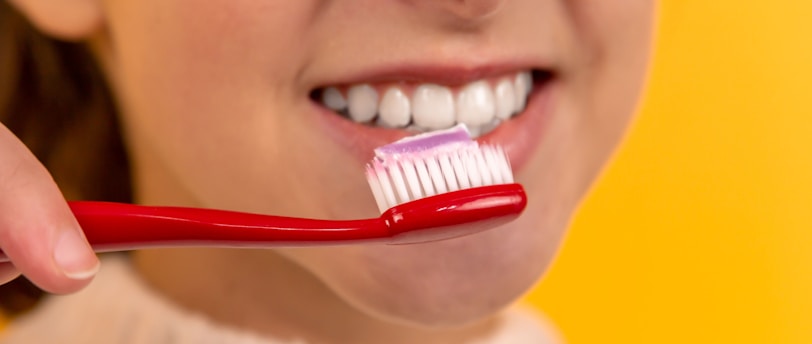The Best Brushing Techniques for Every Age
FOR PATIENTS
8/5/20212 min read


Introduction to Brushing Techniques
Proper brushing technique is essential for maintaining good oral health at any age. Whether you’re teaching your toddler how to brush or making sure your elderly parents are taking care of their teeth, understanding the best methods can make all the difference. In this blog post, we’ll explore effective brushing techniques tailored to different age groups.
Brushing Techniques for Young Children
For children aged 2 to 6, brushing can be a fun and educational activity. Parents should start by using a small, soft-bristled toothbrush and a pea-sized amount of fluoride toothpaste. Make sure to brush all surfaces of the teeth with gentle, circular motions. It's important to supervise your child to ensure they’re not swallowing toothpaste and are brushing for about two minutes.
Brushing Techniques for Tweens and Teens
As children grow into their tween and teen years, they gain more responsibility for their oral hygiene. At this stage, it’s crucial to reinforce the importance of brushing twice a day. Using a toothbrush with soft bristles and fluoride toothpaste, they should focus on brushing all surfaces of their teeth, including the gum line. Introducing an electric toothbrush at this age can also help improve their brushing technique and make it more effective.
Brushing Techniques for Adults
For adults, maintaining a consistent and effective brushing routine is key to preventing gum disease and cavities. Use a soft-bristled toothbrush and fluoride toothpaste. Brush at a 45-degree angle to the gums, using short back-and-forth strokes. Don’t forget to brush the chewing surfaces, the inside surfaces, and your tongue to remove bacteria and freshen your breath. An electric toothbrush can also be beneficial for adults to ensure thorough cleaning.
Brushing Techniques for Seniors
Seniors may face unique dental challenges such as gum recession, sensitive teeth, and dry mouth. It’s important to use a soft-bristled toothbrush and fluoride toothpaste to protect sensitive gums. Brushing should be done gently to avoid irritation. Seniors should also consider using an electric toothbrush for ease of use and better plaque removal. Regular dental check-ups are essential to address any specific oral health issues.
Conclusion
No matter your age, using the right brushing technique can help maintain a healthy smile. By following these age-appropriate guidelines, you can ensure that you and your loved ones are taking the best possible care of your teeth. Happy brushing!
